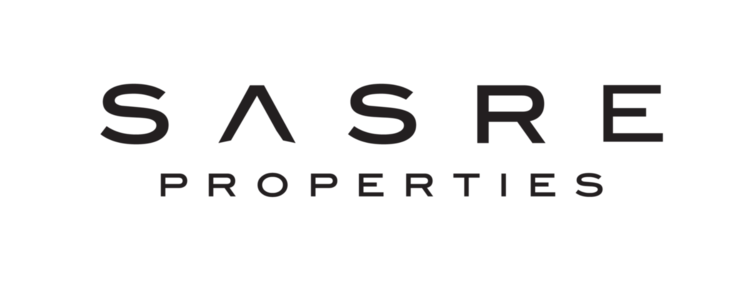Our Approach
SASRE Properties is a Black-woman-owned real estate investment and redevelopment company that works in communities that have experienced historic and ongoing disinvestment. With more than 30% of their residents living below the poverty line, and with their demographic being majority African American, the communities upon which we focus sit squarely in the pathway of gentrification. In each, land and housing prices continue to rise and new investments pour in even as their core residents suffer the reverberations of years of having been considered a dumping ground for well-resourced communities at their periphery. What happens when the dumping ground begins to be seen as valuable to outsiders? This question is the critical point from which we perform our work.
The conditions that disinvestment has produced are hard to imagine existing in the contemporary United States. Witness the packed stoops during the summer because the renters are overcrowded and have no air conditioning in their homes. Or see a makeshift campfire in the middle of a living room because a renter’s landlord did not equip their home with heat. Or the sight of people released from prison, walking with their possessions in trash bags slung over their shoulders as they search for a place to call home.
SASRE Properties is unique because of the agency we hold as developers and because of how we describe “investment” in these communities. When we choose a city or town to work in, we make a long-term commitment to be a part of revitalization, with the mission of holding space for a more diverse and inclusive reimagining of place. We carry out this vision in several ways: we invest directly, purchasing real estate to maintain or to rehabilitate landmarked homes for resale. We invest indirectly, by redeveloping commercial and residential properties for owners, as well as by operating as a brokerage (or gatekeeper), to increase the awareness of, and minority investment in, these communities.
We approach our work in a community in a fashion akin to the research practices of social scientists and ethnographers. First, we become familiar with the community by listening to its members. Second, we become familiar with strategic plans, as they have been articulated at various moments in time. Third, we identify the other players in the market— these often include developers, investors, city and state agencies, churches, and small businesses. Finally, we identity the gaps (or opportunities) in the market and devise our investment strategy. Once we have our business plan solidified, we spend years working it, amending it, and executing it.
Because we are a small team with limited resources, we collaborate and build capacity using various relationships and strategic capital investments. We see our style of building as a conversation. We often work with designers, artists, academics, tradespeople, and urban planners who all bring their independent perspectives to the planning table.
Liberty Street friends handing outside their buildings during the summer. Photo by Rog & Bee Walker

